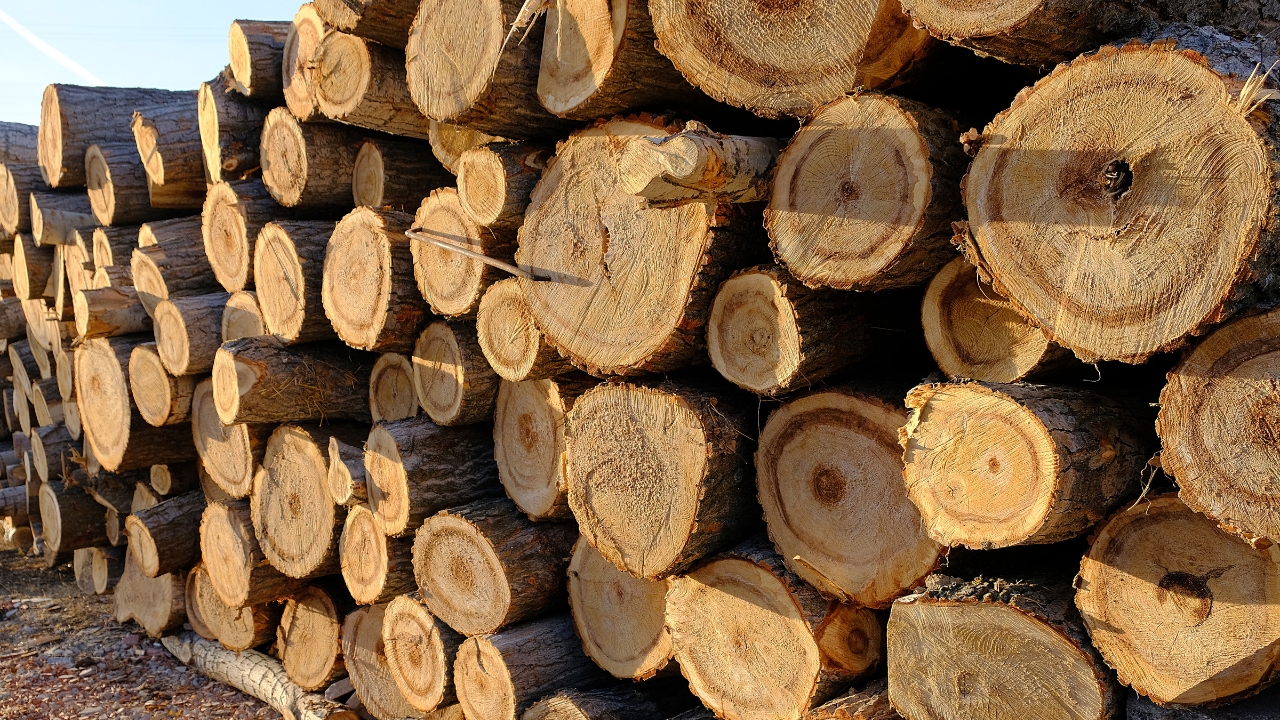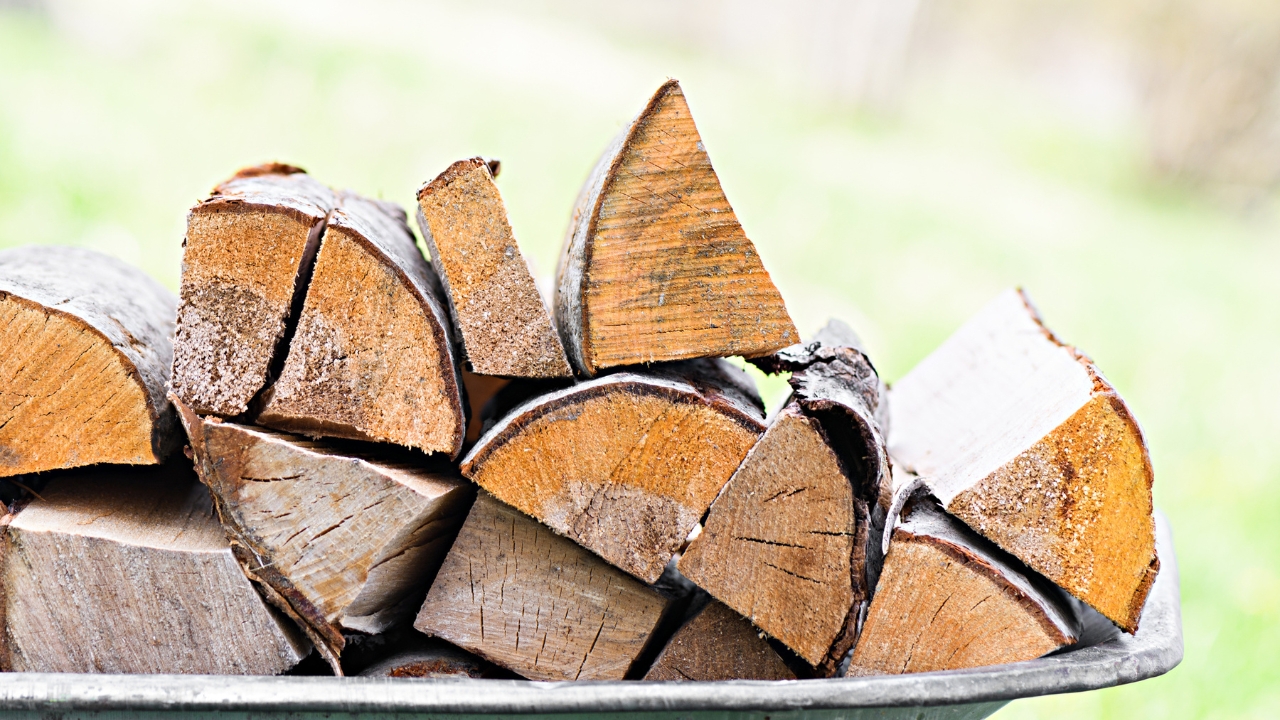10 Types of Firewood That Are More Trouble Than They’re Worth
Not all firewood is worth the effort it takes to split and stack it. Some woods burn too fast, smoke too much, or leave your chimney coated in creosote. Others are hard to light, don’t give off much heat, or make your whole house smell off. If your woodpile has been more frustrating than helpful lately, these are the types of firewood that might be behind it.
Pine

Pine is easy to find and split, but it’s not great for your stove or fireplace. It burns hot and fast, which sounds helpful until you realize you’ll be feeding the fire constantly just to keep it going.
Worse, pine is full of sap and resin, which leads to creosote buildup in your chimney. That gunk is a fire hazard. If you burn pine, use it for kindling—not your main source of heat—and always make sure it’s fully seasoned.
Cottonwood

Cottonwood is heavy when it’s wet and feels like burning a sponge. Even when seasoned, it tends to smolder more than it flames. The smoke can be thick and unpleasant, and it doesn’t give off much heat.
It also leaves behind a lot of ash for how little it actually warms a space. You’ll end up cleaning out your stove more often without seeing much benefit in return.
Willow

Willow might be soft and easy to cut, but that’s where the perks end. It takes forever to season—sometimes up to two years—and even then, it burns cool and fast.
The smoke has a strange smell to it, and the wood tends to leave a mess behind. Between the long drying time and poor performance, it’s usually not worth the storage space.
Aspen

Aspen is another softwood that burns out quicker than you’d like. It’s okay for shoulder season fires when you don’t need much heat, but it doesn’t do much in the dead of winter.
It also has a tendency to rot quickly if you don’t dry it properly. If it gets even a little damp, it becomes spongy and useless. You’re better off saving your stacking efforts for something more reliable.
Poplar

Poplar dries out quickly and splits easily, but don’t let that fool you. It burns fast and gives off very little heat, so you’ll blow through a big stack in no time.
It’s not the worst wood to burn if you’re desperate, but it’s not going to keep your home warm or your fire long-lasting. Poplar’s a decent backup—not a mainstay.
Alder

Alder is light, soft, and quick to burn through. You’ll be adding logs constantly, and the heat output barely keeps up with the effort. It also produces a fair amount of ash.
If you’ve got other hardwoods available, use alder to help get things started, then move on. It’s more trouble than it’s worth if you’re relying on it alone for warmth.
Sycamore

Sycamore is dense and tricky to split. Once you do manage to process it, it still burns unevenly and often produces a lot of smoke. It’s one of those woods that seems promising but ends up underperforming.
It also needs a long time to season fully. Even then, the heat output doesn’t match the amount of work it takes to get it ready. Most folks who try it once don’t bother again.
Elm

Elm can be a nightmare to split thanks to its stringy, twisted grain. Even with a hydraulic splitter, it can wear you out faster than almost any other firewood.
It also takes a long time to season and tends to hold moisture. That means it’ll smoke more than it should and take longer to catch. Unless it’s all you’ve got, skip it.
Boxelder

Boxelder is technically a maple, but it doesn’t act like one. It’s soft, burns fast, and throws off more smoke than heat. You’ll go through a lot of it for very little return.
On top of that, boxelder wood tends to rot quickly, especially if it’s not dried and stored properly. If it gets damp, it becomes mushy and moldy—not something you want near your stove.
Green Wood (of Any Kind)

Even good firewood types are bad when they’re green. Burning unseasoned wood leads to weak heat, tons of smoke, and serious creosote buildup in your chimney.
It also makes your fire harder to manage and puts your home at risk. Always let firewood season for at least 6–12 months, and check that it reads under 20% moisture before tossing it in the stove.
*This article was developed with AI-powered tools and has been carefully reviewed by our editors.







